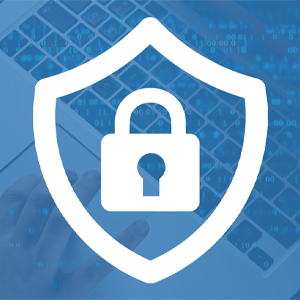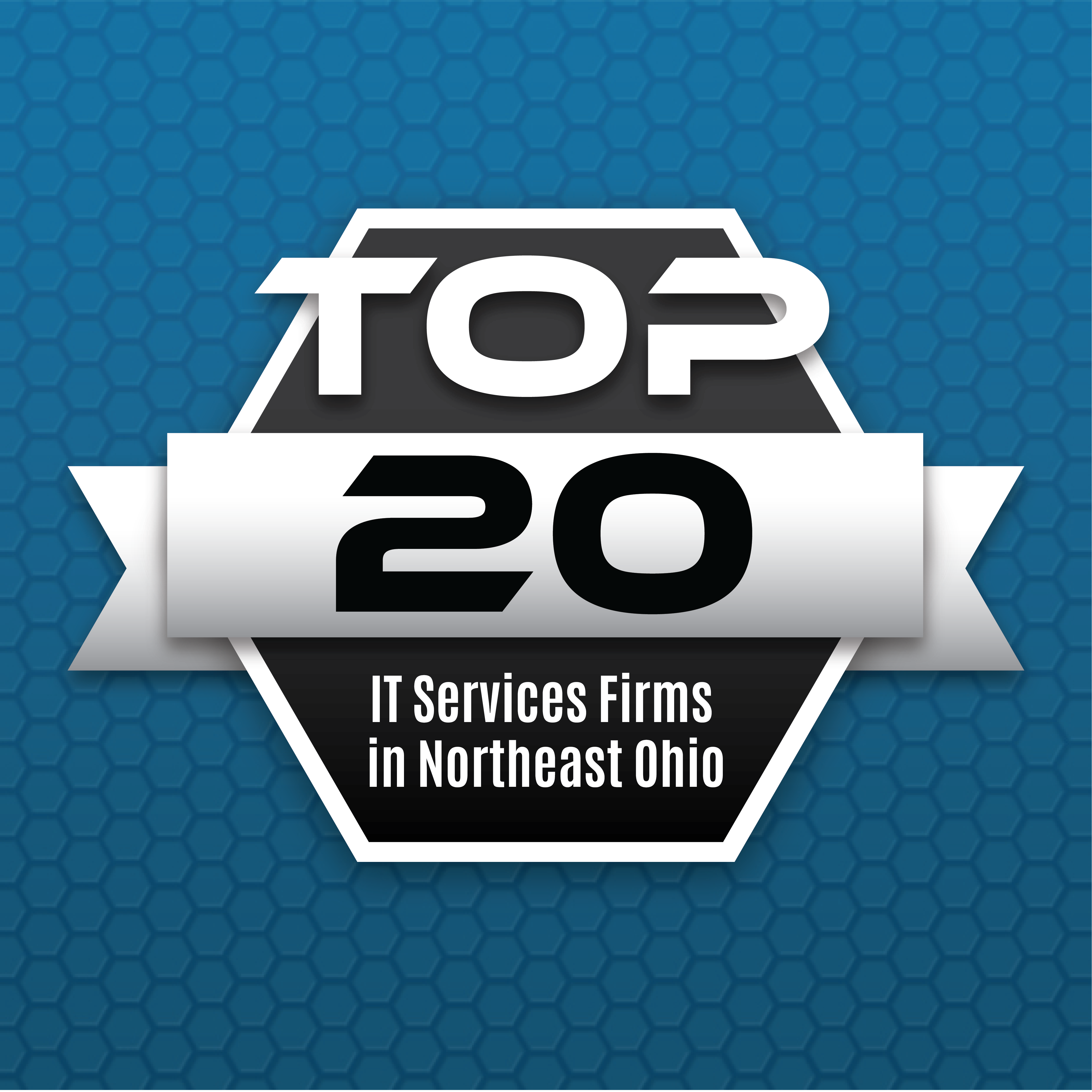Ransomware and cyberattacks are making headlines weekly. Considering the danger and impact to businesses, at Palitto Consulting we feel a duty and responsibility to continue educating our customers on this topic. We always try to be security-minded and cover many of these topics in conversations with our customers but we thought it would be helpful to publish a more complete list to continue a focused conversation about security.
Early June 2021, the White House issued a rare open letter to companies calling on them to treat the threat of ransomware attacks with greater urgency. As noted by the National Security Council’s top cyber Official, Anne Neuberger, “All organizations must recognize that no company is safe from being targeted by ransomware, regardless of size or location…We urge you to take ransomware crime seriously and ensure your corporate cyber defense match the threat” (CNN).
Modern security strategies can be very complex, however, we strive to figure out what pieces will bring value to an organization. Some of the foundational concepts to building a plan are:
- Use multiple layers of protection to make it more difficult for attackers to bring your business down.
- Assume that at some point you will be compromised. Once we assume this, we can build a plan for how to reduce or narrow down the amount of damage the attacker can do to your business.
- Protect the “treasure” in your business. Maybe it’s a CRM or maybe it’s trade secrets, we want to take special care and attention to protect this data.
Cybersecurity is a huge topic, and it can be overwhelming to try to know what to do. As a way to see incremental steps, our team put together a “Top 10 list” of items to consider. Note there is not a prioritized order to the list, all of them are important:
- Properly configured Next Generation Firewall – A properly configured firewall is an important layer of security. More often users are not physically located at the location that is protected by the firewall so while it shouldn’t be decommissioned, it should bring more discussions forward on protecting the mobile users.
- Properly configured Next Generation Endpoint Protection solution – While “Next Gen” is usually a marketing term, we are referring to Endpoint protection that includes specific anti-ransomware functionality such as the ability to detect and roll back mass file encryptions. Older/traditional “Anti-Virus” solutions that are based on definition updates only are no longer effective against today’s threats.
- Implement email spam/malware/phishing filtering – Email is one of the most common ways that organizations are compromised. Having a good filtering solution that can also scan links in emails is a critical layer for adequate protection.
- Develop a Vulnerability Management process – Vulnerabilities are software misconfigurations or bugs that can give an attacker a way to compromise your network. Scanning for these vulnerabilities and working with vendors to “Patch the holes” is a valuable way to be proactive against threats.
- Offline backups and backup testing – Backups are critical to getting your business running again and is the most common way that businesses are able to survive and attack. Have backups that cannot be destroyed by the bad guys and also testing your backups on a regular basis are ways to make your business survive a ransomware attack.
- 2FA (2-Factor) everything possible (servers, email, VPN, line of business apps) – Compromised credentials are among the most common way that attackers get into your network. When passwords are reused, these can even be compromised through other events (like the Target breach). The recent pipeline incident was due to a former employee’s credentials being compromised and then used to VPN into the network. A 2nd factor combines something you know (password) with something you have (2FA code/token) which makes it increasingly more difficult for an attacker to compromise your network.
- Reduce use of admin accounts, local admins, domain admins – Administrator level access is the goal for an attacker, this allows complete control over your network. Reducing the level of administrative access through the organization so that these privileged accounts are used only when required is another way to protect your organization.
- Implement a SOCaaS (Security Operations Center as a Service) – Historically, large corporations were the only organizations that could afford dedicated security operations staff. In the past few years, this function as a service has been built into an affordable and functional solution for organizations of all sizes. This service provides another window into your environment with another team monitoring for suspicious activity. So if an attacker was able to get in and bypass other layers, their presence would commonly be detected through SOCaaS.
- Security Awareness Training – While security vendors do their best to keep up, the most timeless solution is training your staff to recognize bad emails and websites!
- Remote Monitoring and Management (RMM) – An RMM platform brings many features to the table in the fight against ransomware. This tool typically provides patch management to ensure patches are being applied and installed successfully. Further, the tool allows for reporting and management of hardware and software events such as failed login attempts.
Ransomware is not going away any time soon. Your business, like all our businesses, should take the threat of attack seriously.
If you are interested in speaking more about Cybersecurity/Ransomware, our team would love to help! Contact us so we can set up a time to talk.





